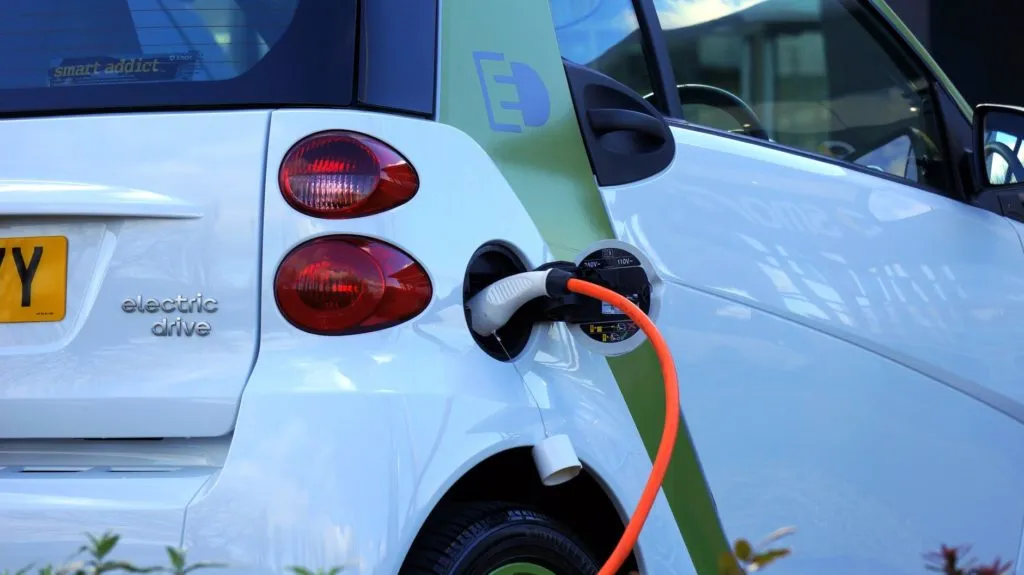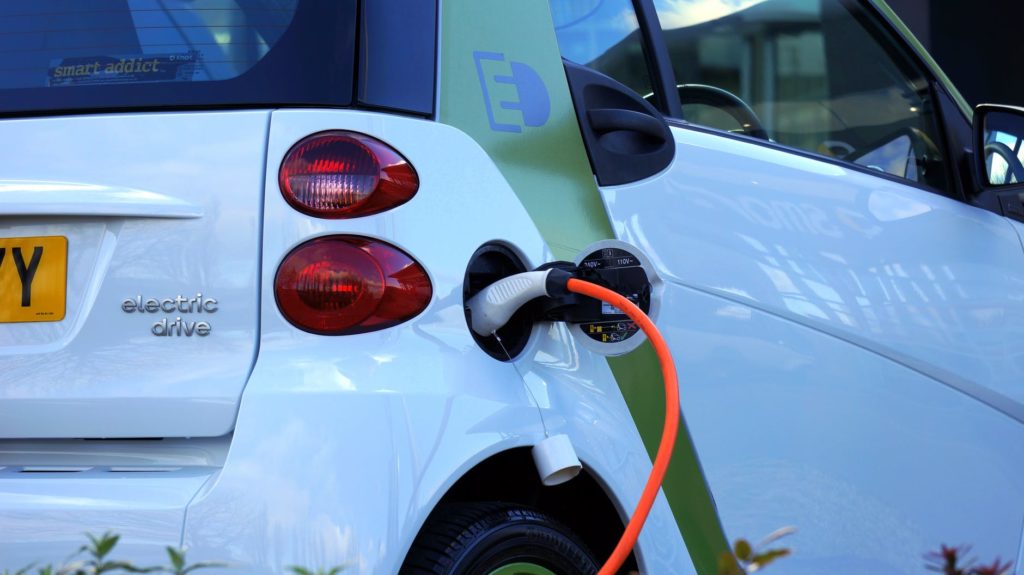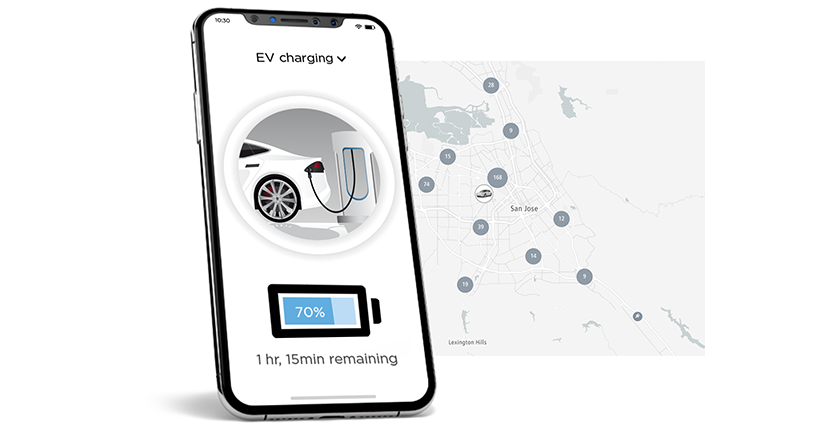
How TomTom might just help me buy my first electric car

You know the nagging feeling you get when the battery icon on your smartphone turns red and you are nowhere near a power source? The same feeling is what has stopped me from buying my first electric vehicle (EV). Although I would love to be closer to ‘zero emissions’, and driving EVs is a lot of fun, the fear of running out of juice in the middle of nowhere is simply too much to take.
A quick Google search told me I’m not the only one who has what the automotive world calls ‘range anxiety’. The worry that the car will run out of power before reaching its destination is, in fact, one of the biggest obstacles in the widespread adoption of EVs today.
You see, even though the global market for EVs has grown at about 60% per year, reaching 2.1 million in 2018 according to an analysis by global management firm McKinsey, the charging infrastructure is still playing catch-up.
It’s not like we do not have charging stations; it’s just that in the United States alone, gas stations outnumber public EV charging stations by around seven to one. And for someone like me who likes to go on a road trip at least once every couple of months, this makes the thought of going all-electric very, very daunting.
How do I find out how far can I go with one charge because I neither want to stop more times than is necessary nor do I want to end up stuck on the side of the road with a dead battery. And how do I maximize my battery use? Also, where and when should I charge to save time?
As I asked myself these questions, I wondered: Why can’t this problem be solved by geospatial technology? Turns out, it can be…

TomTom, that has been transitioning from sat-nav hardware provider, to software company has recently brought out tools that look like they can finally put my fears of range anxiety to rest. The set of newly published APIs consists of:
EV Charging Stations Availability
TomTom has introduced an API with which apps could be built to help drivers like me find EV charging stations around specific locations before a trip — or even the closest station at any time while I’m on the wheel — complete with information about the real-time availability of the charging units. TomTom says that the results can be restricted to showing only those EV charging stations that support the connector type on the vehicle specified by the driver, so there are no nasty surprises on reaching the charging lot. Sounds good, right? Well, the second interface TomTom has launched is even better…
Long Distance EV Routing
Perfect for planning cross-country family road trip, this API is a nifty li’l wizard designed to optimize the travel time even as it calculates the route keeping into consideration everything from battery consumption to the time it would take to charge the vehicle. But, for the algorithms to shine, first you need to provide some basic info, such as:
- What is the charge of the vehicle at the beginning of the journey;
- How much energy does the vehicle consume at certain speeds, aka the Electric Consumption model of the vehicle;
- How fast can the car be charged at different charging stations, for example, a 32Amps station would typically charge the battery twice as fast as a 16Amps station;
- What is the desired charge level at the end of the trip, so you don’t have to rummage for a charge point on the way back!
The estimated time of arrival (ETA) shown in the end-user application will take all this into account to paint an ultra-realistic picture of the drive ahead. And, right now, I cannot ask for anything more.
Looks like TomTom might just help me buy my first electric car!









 Featured Job: Product Manager, Placed Powered by Foursquare
Featured Job: Product Manager, Placed Powered by Foursquare Orbital Insight: Data Operations Production Associate – Algos
Orbital Insight: Data Operations Production Associate – Algos Esri: Mapping Product Engineer
Esri: Mapping Product Engineer what3words: Partnerships Director – Automotive
what3words: Partnerships Director – Automotive Descartes Labs: Head of Revenue
Descartes Labs: Head of Revenue VHB: Web GIS Developer
VHB: Web GIS Developer